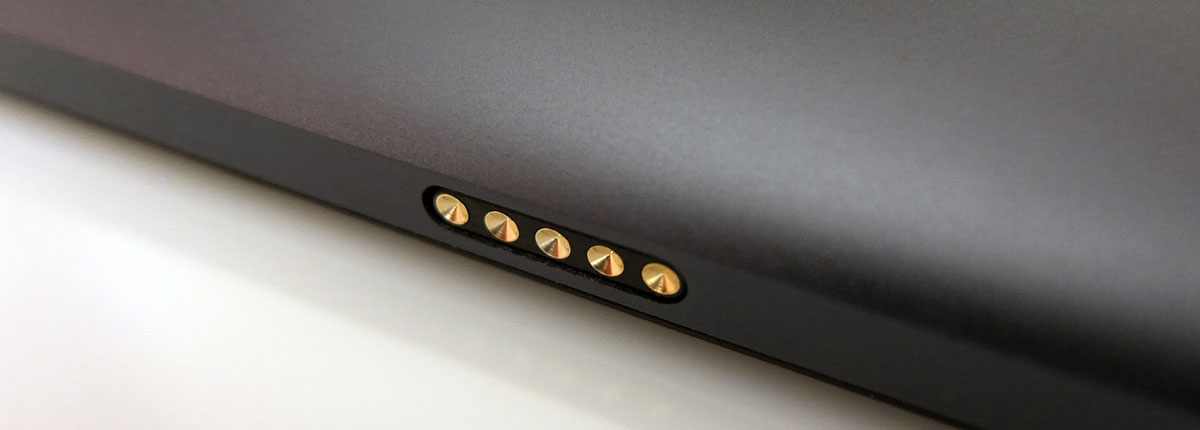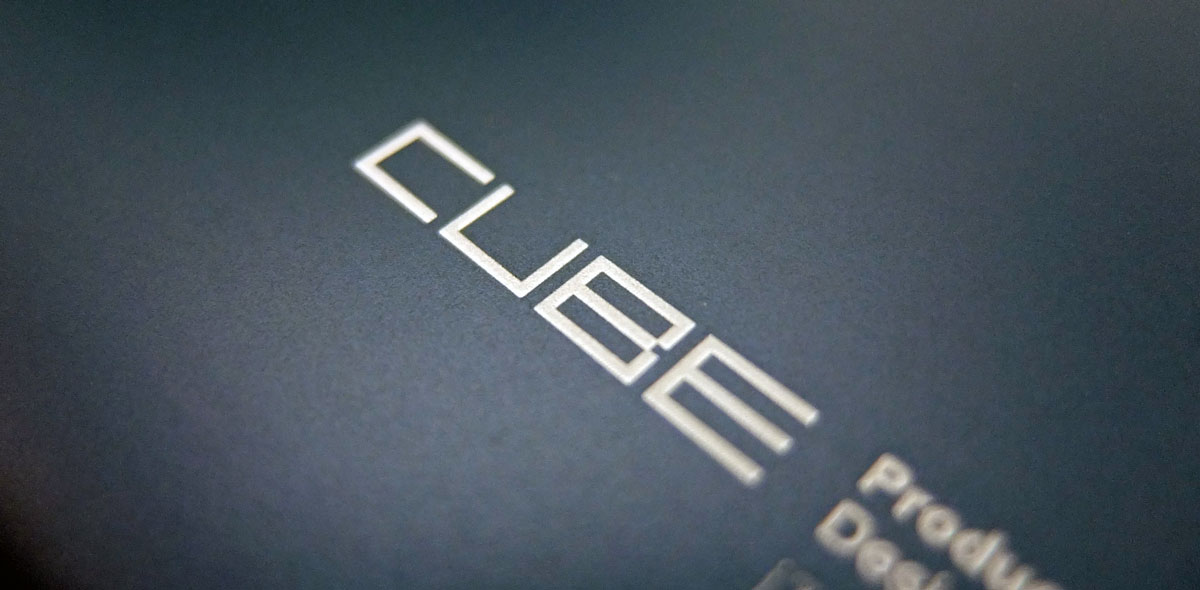Index
Everyday use
Due to its size and weight, the Cube i7 Stylus does not feel or handle like a typical tablet. It’s about 200 grams heavier than most 9.7- or 10-inch tablets, and since it’s a 10.6-inch 16:9 device, it is rather wide. Bear in mind that this isn’t just a tablet, it’s a convertible, and most of these 2-in-1 devices feature a similar layout and form factor. The Cube is just somewhat chubbier thanks to its powerful Core M processor.

Unfortunately, we did not get a chance to try it out with the keyboard dock, which features the same metal finish and a multitouch touchpad. The dock is sold separately and it will set you back around $60. The dock also includes a stylus holder, which is nice. Oh, the stylus is also sold separately for about $20.

As far as ergonomics go, we had no trouble connecting the Cube i7 Stylus to a wide range of peripherals. Having all connectors located on one side helps reduce clutter, and there is enough room between the ports, so you can use all of them simultaneously.
The USB 3.0 port comes with an adapter cable. We would have preferred a standard USB port, but the designers obviously though it was more important to keep the thickness down to a minimum and have curved edges on all sides.
We already pointed out that our biggest issue in everyday use is more or less trivial – the speakers are puny. On the upside, the rest of the package is noticeably better.
Since it’s a Core M tablet with a big battery, it relies on a proprietary charger rather than a standard micro USB. The charger helps deliver more juice and charges the battery in about four hours. It uses a 3.5mm plug, which can also be inserted in the 3.5mm audio port (yep, we did it, accidentally).

However, if you are used to Atom or iPad battery life, you may be in for an unpleasant surprise. Core M tablets simply can’t keep up with mainstream tablets. After all, the CPU has more than 1.3 billion transistors and a much more powerful GPU than anything used on Atom chips (6x more EUs than Bay Trail, 2-3x more EUs than Cherry Trail). We managed to get almost about six hours of browsing and video, which is a bit less than you’d get on mainstream 10-inch tablets based on Intel Atom or ARM chips. However, when you compare this to Surface Pro tablets and other hybrids like the Lenovo Yoga series, it’s just slightly below average.




